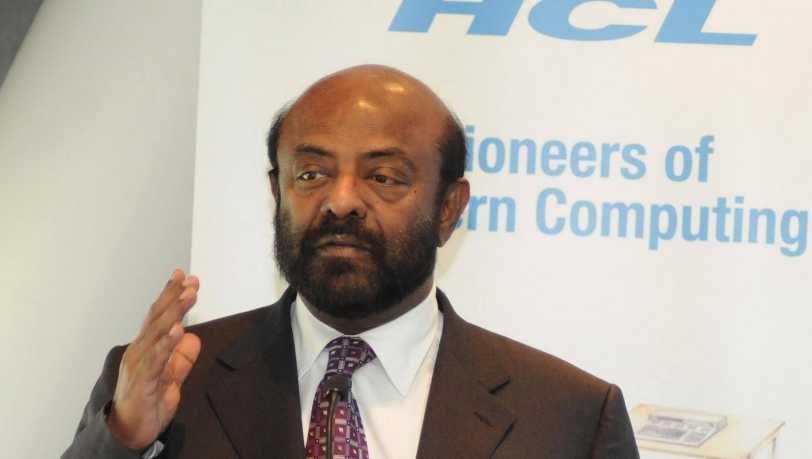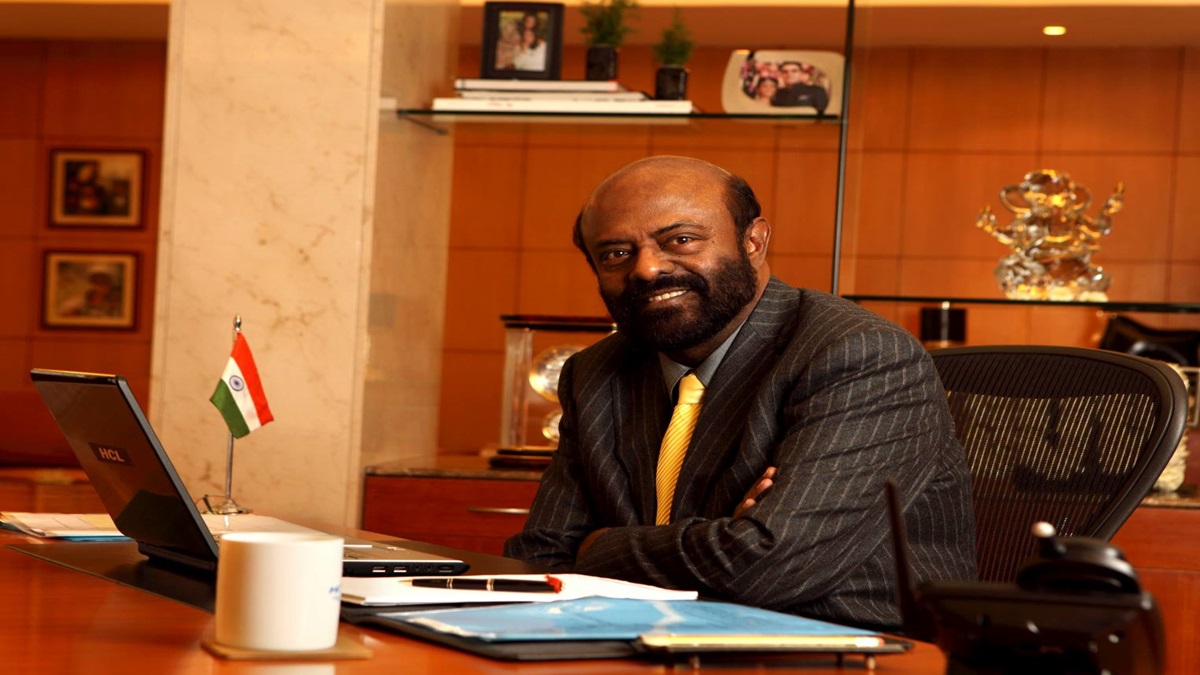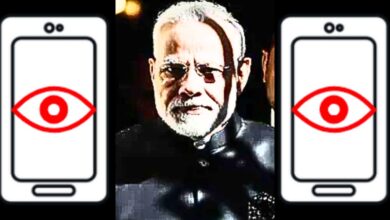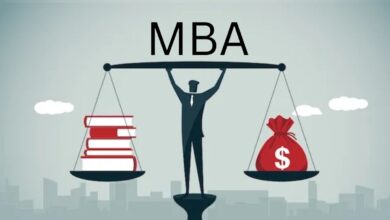Shiv Nadar: The Visionary Who Built India’s First Global Tech Giant

In a country that had yet to truly embrace the digital revolution, Shiv Nadar emerged as a pioneer who not only foresaw the transformative power of technology but also had the audacity to lead India’s charge into the computing era.
Born in the quiet coastal village of Moolaipozhi, Tamil Nadu, Nadar’s beginnings were as humble as his ambitions were grand. He grew up without the privileges that often shape leaders of his stature. Instead, he relied on resilience, imagination, and an unshakable belief that India could create world-class technology enterprises.
Shiv Nadar began his professional journey in the 1960s, working as an engineer in the calculator division of Delhi Cloth Mills. For many, this would have been a coveted, stable career. But Nadar wasn’t content with routine. After hours of hard work and meticulous calculations at the mill, he found himself restless. Something about the predictability of it all didn’t sit well. So, he took a bold leap—he resigned and set out on his own. With a few close colleagues who shared his vision, he founded Microcomp, a company that sold tele-digital calculators.

From Calculators to Computers: The Genesis of HCL
By the mid-1970s, India’s technological landscape was virtually barren. Computers were considered a luxury, accessible only to the West. The notion that India could design and manufacture its own computing devices seemed far-fetched, bordering on impossible. But Shiv Nadar saw a golden opportunity when IBM, the world’s leading computer giant, decided to exit India due to new government regulations mandating local ownership. Sensing a chance to fill the vacuum left by IBM’s departure, Nadar pivoted from calculators to computers. With an initial investment of Rs 187,000, Hindustan Computers Limited (HCL) was established in 1976.
HCL quickly achieved what many thought impossible. By 1978, the company had developed the HCL 8C, India’s very first computer. Using a Rockwell microprocessor, the HCL 8C delivered cutting-edge technology at a significantly lower cost than its foreign competitors. Priced Rs 200,000 less than IBM’s 1401, the HCL 8C not only offered affordability but also demonstrated that India could produce high-quality computers domestically. This early success earned HCL both acclaim and crucial financial backing, including government support that provided manufacturing land and additional funds. Shiv Nadar had proven his doubters wrong. He wasn’t merely assembling machines; he was building the foundation of India’s IT future.
Taking India’s IT Expertise Global
But Nadar’s vision extended far beyond India’s borders. In 1980, he established Far East Computers in Singapore to tap into international markets. The move was nothing short of revolutionary. Far East Computers brought in Rs 10 lakh in revenue within its first year, signaling that Indian technology could compete globally. HCL’s reach expanded rapidly. By 1983, it was producing its own microprocessors, creating client-server architectures, and even developing a relational database management system—all groundbreaking achievements for an Indian firm at the time.
HCL’s breakthrough moment in the domestic market came in 1984 with the launch of BusyBee, India’s first personal computer. Built on the popular UNIX operating system, BusyBee was a resounding success. However, the foray into the highly competitive U.S. market proved challenging. BusyBee didn’t receive the necessary environmental clearances, which set back HCL’s plans. Undeterred, Shiv Nadar pivoted again. In 1991, he formed a strategic partnership with the American tech giant Hewlett-Packard, which helped HCL gain global credibility and expand its product lineup.

Perseverance Through Economic Turmoil
Throughout the years, Shiv Nadar demonstrated exceptional leadership, particularly during times of crisis. When the 2008 global financial meltdown threatened businesses worldwide, Nadar made a remarkable decision—he refused to lay off any HCL employees. Instead, he focused on innovation and diversification. This decision paid off. By 2010, HCL’s revenues had climbed to Rs 12,565 crore, with profits of over Rs 2,072 crore. The company continued to grow, expanding into 44 countries and building a formidable reputation in the global software industry.
The Billion-Dollar Impact of Visionary Leadership
HCL’s trajectory under Nadar’s leadership shattered numerous stereotypes about Indian companies. By 2018, HCL’s revenue was an impressive Rs 60,427 crore, with nearly 70% coming from software services. Even more remarkable, 92.6% of that revenue originated from international markets like the United States and Europe. This global footprint solidified HCL’s status as a multinational powerhouse. Today, HCL has a revenue of Rs 109,913 crore, employs over 227,000 people across 60 countries, and boasts a market capitalization of Rs 411,172 crore.
A Legacy of Generosity and Impact
Beyond the numbers, Shiv Nadar ’s true legacy lies in his philanthropic endeavors. Recognizing the transformative power of education, he has invested heavily in initiatives that benefit underprivileged students. His foundation supports seven educational institutions and has helped more than 15,000 children gain access to quality education. This commitment to giving back underscores Nadar’s belief that success is not just about financial gain; it’s about uplifting others and creating opportunities.
A Pioneer Who Changed the Face of Indian IT
Shiv Nadar’s journey from a small coastal village to the helm of one of India’s most successful tech enterprises is a testament to his vision, perseverance, and leadership. By taking bold risks, embracing innovation, and fostering a culture of excellence, Shiv Nadar has proven that Indian companies can compete—and thrive—on the global stage. His life story inspires countless entrepreneurs, while his contributions to education and social welfare demonstrate the profound impact that one individual can have on a nation.

Indeed, Shiv Nadar’s achievements go far beyond building India’s first computer company. He has built a legacy—one that will continue to influence the technology sector, education, and society for generations to come.




